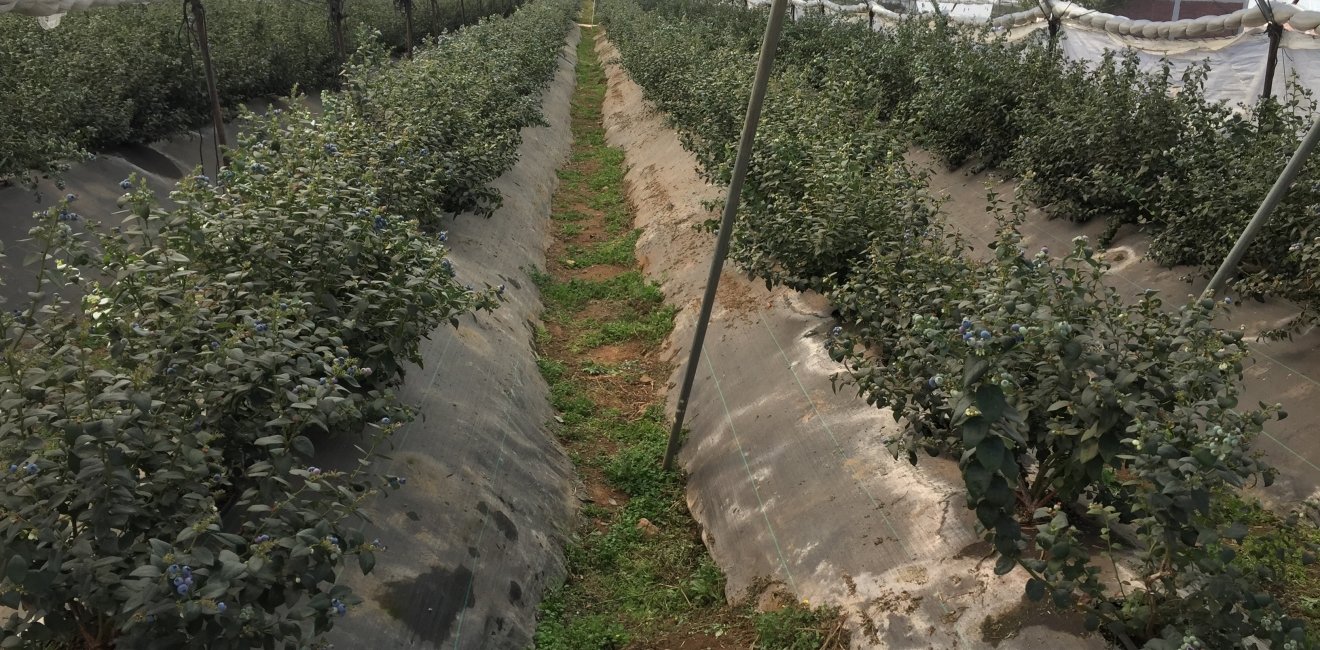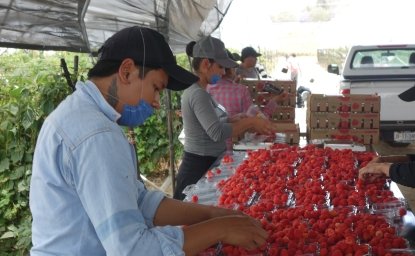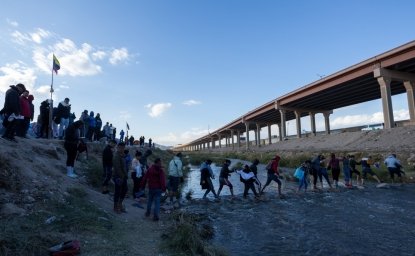Case Study: Ernestina
This case study is a part of the Mexico Institute's project "Farm Labor and Mexico’s Export Produce Industry."
This case study is a part of the Mexico Institute's project "Farm Labor and Mexico’s Export Produce Industry."

Ernestina is 30 years old and was born in Agua Zarca, in Ahuacuotzingo, Guerrero. She is the third child in a family of four children. Her parents worked in the tomato fields of Sinaloa and had land on which they planted corn, beans, squash, and peanuts for the family’s own consumption. Ernestina began helping to plant the corn when she was a girl. She left school after the sixth grade, and shortly thereafter, she went with an aunt to work in the vineyards of Sonora. She was in the north for two years, earning 80 pesos a day in the off-season. She sent some of the money she earned to her parents to help with household expenses. She met her partner in the vineyards when she had just turned 15. They moved to Pantitlán, where he is from. From that moment, Ernestina stopped working, and she has since devoted herself to caring for her four children. The family survived on the income of her husband, who “rented” himself out as a farmhand in the town’s tomato fields. With this income, they were also able to buy a small plot of land where Ernestina, her sister-in-law, and their children grow only enough corn to feed their families. The scant rain in the previous year caused them to lose a large part of the harvest.
Because of the bad harvest, Ernestina and her partner decided to go work in the berry fields of southern Jalisco. They both work for a small producer in Ciudad Guzmán who pays them 1,200 pesos a week. In order to work during the season, she left three of her children with her sister in exchange for the little corn they had harvested, and Ernestina also sends them money every week. She brought her youngest child with her, and during the day, she leaves him with a young woman who takes care of workers’ children for 300 pesos a week. The harvest ends this week, and she will return to Guerrero, but her husband will continue working in Jalisco, since the money he earns is the household’s main source of income. His work in the berry fields will allow them to eat until the next corn harvest; it will pay for planting and sending their children to school. Ernestina would like to return next season, but she would have to leave her children again. She says that she would like to take them with her, but it is complicated because of the housing conditions where they stay.


The Mexico Institute seeks to improve understanding, communication, and cooperation between Mexico and the United States by promoting original research, encouraging public discussion, and proposing policy options for enhancing the bilateral relationship. A binational Advisory Board, chaired by Luis Téllez and Earl Anthony Wayne, oversees the work of the Mexico Institute. Read more



